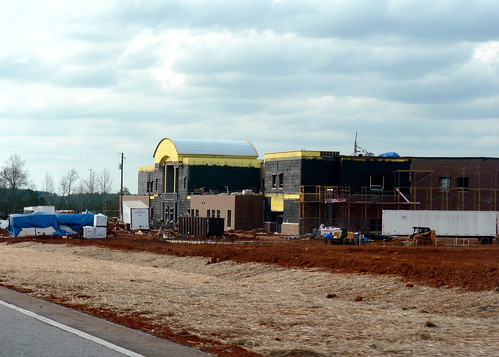 Many people recognize the mid-20th century Oxford university professor J.R.R. Tolkien for his fantasy world of Middle Earth, revealed through the Lord of Rings trilogy and other novels. A little fact that most people do not know is that he sold his car shortly after World War II ended and carried on most of his life by bicycle.
Many people recognize the mid-20th century Oxford university professor J.R.R. Tolkien for his fantasy world of Middle Earth, revealed through the Lord of Rings trilogy and other novels. A little fact that most people do not know is that he sold his car shortly after World War II ended and carried on most of his life by bicycle.
According to a biographer:
"Tolkien became a familiar figure cycling along the Banbury Road, travelling between home and Pembroke College on his extraordinarily high-seated bicycle while wearing cap and voluminous gown."By itself this may be a curious piece of trivia, but a closer evaluation of Tolkien's belief system begs us (or at least me) to speculate over why he made this choice. The decision to go car free was clearly deliberate. Tolkien bought his first family car in 1931, and in a letter he recalls his first trip into Oxford by automobile in 1911. As a devout Roman Catholic and life-long political Tory, he doesn't exactly fit the contemporary stereotype of the cyclist. What inspired this?
When the editor of the New Republic wrote to ask Tolkien whether Lord of the Rings contained allegories of contemporary England, he declined to draw any precise connections. But he did hint that, as an author, he could not help but write through the lens of his own experience living in Oxford. At one point he responds,
"Though, the spirit of ‘Isengard’, if not of Mordor, is of course always cropping up. The present design of destroying Oxford in order to accommodate motor-cars is a case."Quick translation: Modor = pure evil; Isengard = corrupted. In his books, Isengard began as a pristine place, but Sarumon (the villain) camped his armies there, cut down all of the trees and soiled the land. Like the ruin of Isengard, the partial destruction of Oxford left him distrustful of modern town planning efforts in general.
(By the way, if you're a Lord of the Rings fan please cut my simplification some slack. I think this is right.)
The idea of disrupting nature for the personal automobile arises in another letter to his son in 1944.
“It is full Maytime by the trees and grass now. But the heavens are full of roar and riot. You cannot even hold a shouting conversation in the garden now, save about 1 a.m. and 7 p.m. – unless the day is too foul to be out. How I wish the 'infernal combustion' engine had never been invented. Or (more difficult still since humanity and engineers in special are both nitwitted and malicious as a rule) that it could have been put to rational uses — if any.”It may be tempting to dismiss Tolkien's antagonism toward modernity as a romantic appeal to the pastoral England of his childhood. Yes, he may have been a bit of a Luddite (He didn't like general household appliances much either). Yet from another perspective, his view of human nature as easily corrupted by power can provide a healthy skepticism in the right doses. Not many in the 40's and 50's were questioning the absolute sovereignty of technological progress to solve all the problems of humanity, and most people would agree now with Tolkien that the often utopian promises have fallen far short. There is certainly a place for cautious, if sometimes grumpy, conservatives like Tolkien.















